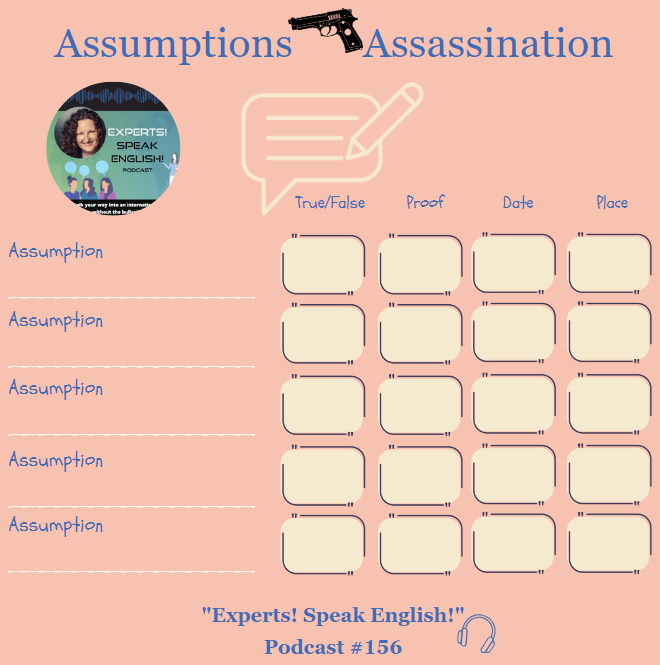So, we’ve talked about planning with precision, intentional interaction, and now we want to focus on timing.
In a hybrid environment, you need to s l o w things down. This is something I struggle with.
As a native speaker of English or even a confident speaker of English, you need to be careful not to alienate non-native speakers by talking too quickly.
Nobody does this on purpose, but if you are passionate or irritated about something, it’s easy to start talking faster without even noticing. But that’s the point: you have to notice. And if you struggle with this, ask one of the co-hosts to nudge you with a private message or a certain sign or something.
Speaking fast does not demonstrate fluency. It loses people because they just can’t keep up. They lose concentration.
The thing is this: Technology is improving in leaps and bounds, but there is still a delay of speech and it’s usually around 5 to 7 seconds. Now, that doesn’t sound like long, but it can feel like a pregnant, awkward pause.
Ask participants to take that into account. You might have to remind them to be patient and compassionate.
Now, if you are all online at the same time, this is less obvious because internet connections are fairly similar now in terms of speed and reliability. But in a hybrid event, whether that’s on Zoom, Teams, Google Meet or whichever online conferencing tool you’re using, there will be a delay.
The in-person participants in the meeting room will need to be prepared for time delays and encouraged from the outset to be patient about those delays. It’s tempting to start talking straight away but give the online participants a chance to catch up. It’s not them, it’s the tech.
Remote participants should not get the feeling that they are always behind because the session has already started without them.
Instead, learn to get comfortable with silence or waiting time. It’s tempting to give your participants a question to think about or a mini task, but remember, for sustainable learning, it’s best practice to build in brain breaks. And this mini break is a little power-up for you, too. Breathe.
Take a drink. I find that taking a drink is an excellent bridge. This is good for your voice and concentration too.
Hybrid is also slower in terms of transitions, so simple things like switching from your presentation to the audience, accessing a web page, waiting for poll results to come in, setting in additional breakout rooms – these are all examples of mini stoppages that slow down hybrid events.
So, to be sure to allow for 10 to 15% more time than you would in a pure face-to-face or a pure online meeting.
You can always add something – I think we’re all pretty good at that.
But as I discovered, there is nothing worse than having to race through your session, speaking really fast, by the way, which is not good for the non-native speakers to respect time limitations.
So, keep it focused and simple and have extra tasks and questions
for 5 minutes,
for 10 minutes,
for 15 minutes.
In reality, the chances are that you won’t need any of them. But if you like, you can send them along with your presentation slides so that the keen learners can work through them on their own.
The other thing I would like to remind you to do is to speak more clearly, taking care to pronounce each and every word fully.
Less words, more focus.
Acoustics play a part. There are delays and there are non-native speakers, so, slow it down and bring them in.










